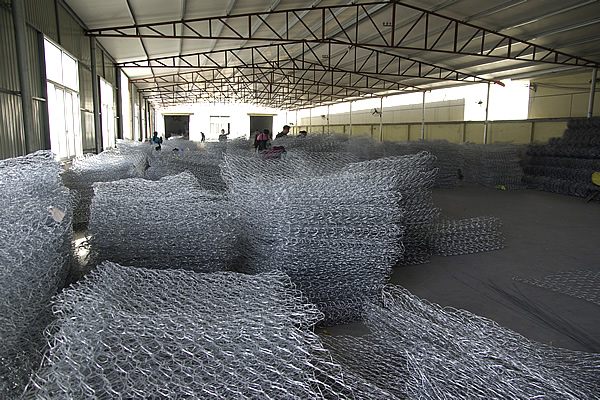 TEL:
+86-13102802206
TEL:
+86-13102802206
 Email:
fencenetting@china.com
Email:
fencenetting@china.com
 Language
Language
 TEL:
+86-13102802206
TEL:
+86-13102802206
 Email:
fencenetting@china.com
Email:
fencenetting@china.com
 Language
Language


The Cost of 5% Strand Barbed Wire Fence An In-Depth Analysis
When it comes to securing properties and managing livestock, one of the most common fencing options is barbed wire fencing. Among the various types available in the market, the 5% strand barbed wire fence has gained attention for its affordability and practicality. This article will explore the various factors influencing the cost of a 5% strand barbed wire fence, its applications, and potential budget considerations for property owners.
Understanding 5% Strand Barbed Wire
Barbed wire consists of a strand or strand of wire with sharp barbs spaced along its length. The 5% strand specification refers to the thickness and tensile strength of the wire, which typically denotes its durability while remaining cost-effective. Barbed wire is commonly utilized in agricultural settings to enclose livestock, protect crops, and delineate property boundaries. In addition to security, it serves as a deterrent against intruders and wildlife.
Factors Influencing the Cost
1. Material Quality The quality of the steel used in the barbed wire is a primary determinant of cost. Higher-grade galvanized steel tends to be more expensive but offers better longevity and resistance to corrosion. This consideration can significantly affect the overall price of the fencing material.
2. Length of the Fence The total length required for fencing will obviously influence the overall expense. As barbed wire is sold by the roll, the longer the fence, the more material you will need to purchase. Property owners should accurately measure their required fencing length to get an initial estimate.
3. Installation Costs The costs associated with putting up a barbed wire fence can vary based on whether the property owner plans to install it themselves or hire professionals. DIY installation can save on labor costs, but it's essential to consider the time and tools required for proper installation. Hiring a contractor may lead to higher upfront costs but can save time and ensure a professional job.
4. Post and Support Costs Barbed wire fencing typically requires wooden or metal posts for support. The type and spacing of these posts can affect the overall cost. Treated wooden posts may be more expensive upfront but could prove to be more durable in the long run.

5. Gates and Accessories If the fence requires gates or additional accessories, such as tension wire or insulators, these will add to the overall cost. Choices here will be dictated by the specific needs of the property, whether it is for livestock management or just a property boundary.
6. Local Regulations and Permits Depending on local zoning laws and regulations, property owners may need to secure permits before erecting a fence. These permits can introduce additional costs, and understanding the legal landscape before proceeding is crucial for budget planning.
Budgeting for Barbed Wire Fencing
To provide a general estimate, the cost of a 5% strand barbed wire fence typically ranges from $1 to $3 per linear foot, which includes the wire, posts, and basic installation materials. Thus, for a one-acre property requiring approximately 800 feet of fencing, the total cost can range from $800 to $2400, depending on the factors discussed above.
To keep costs manageable, property owners should
- Research Suppliers Compare pricing across multiple suppliers to find the best deals while ensuring the quality of materials is not compromised. - Assess DIY Installation If feasible, consider a DIY approach to save on labor costs, but factor in the potential need for specialized tools. - Plan for Maintenance Long-term savings can be realized by investing in higher quality materials that require less frequent replacement.
Conclusion
Overall, the cost associated with a 5% strand barbed wire fence may vary substantially based on several factors, including material quality, installation, and local regulations. By carefully evaluating these elements, property owners can make informed decisions that not only ensure their properties are well-secured but also remain within budget. Investing time in planning and research can yield a functional, durable fencing solution without breaking the bank.